Crocodiles stand among nature’s most successful predators, having survived relatively unchanged for over 200 million years. Behind their primitive appearance lies a sophisticated hunter with remarkable intelligence and tactical prowess. Far from being mindless killers, crocodiles employ calculated strategies that demonstrate problem-solving abilities and advanced hunting techniques. Their reputation as “living fossils” belies their complex behavioral patterns and hunting methodologies. In this article, we’ll explore eleven strategic approaches crocodiles use during their attacks, showcasing why these ancient reptiles remain apex predators in their environments.
Patient Ambush Tactics
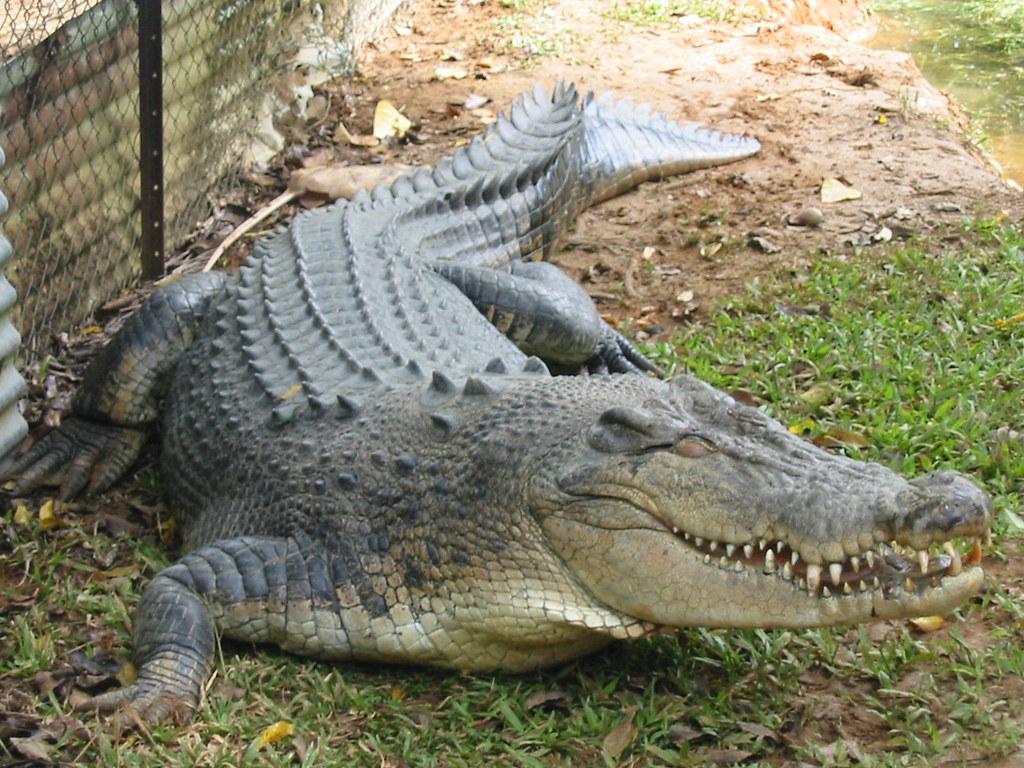
Crocodiles have perfected the art of patience, often remaining motionless for hours while waiting for prey to approach. With only their eyes and nostrils visible above the water’s surface, they create an almost imperceptible presence that lulls potential prey into a false sense of security. This strategic immobility is enhanced by their ability to regulate their heart rate, sometimes reducing it to just 2-3 beats per minute during these extended waiting periods. The energy conservation achieved through this technique allows crocodiles to remain in ambush position for extraordinary lengths of time, sometimes waiting for days until the perfect opportunity presents itself. When the moment arrives, they transform from seemingly lifeless logs to explosive predators, demonstrating one of nature’s most dramatic contrasts between stillness and violent action.
Strategic Body Positioning
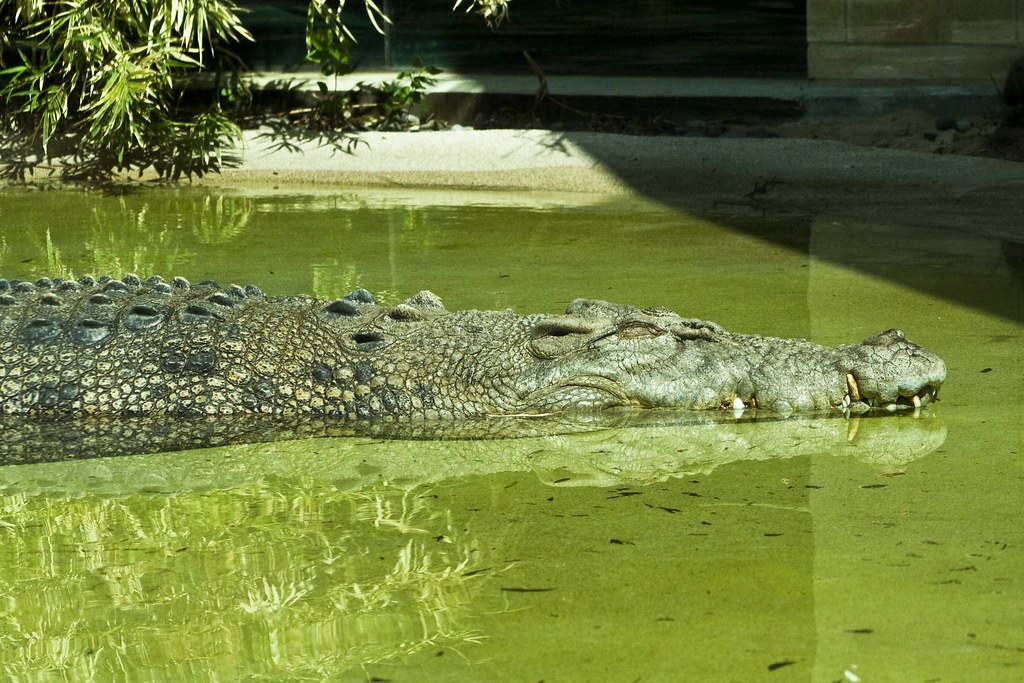
Crocodiles meticulously position themselves in relation to their prey’s expected approach routes, particularly near riverbanks or watering holes. They orient their bodies to allow for the quickest and most efficient strike, typically aligning themselves perpendicular to the shoreline where animals come to drink. This calculated positioning considers factors such as water depth, current direction, and the typical behavior patterns of target species. Research has shown that experienced crocodiles will even adjust their positions based on seasonal changes that affect prey movements and water levels. Their strategic placement minimizes the distance they need to travel during an attack while maximizing the element of surprise, creating ideal conditions for a successful ambush.
Cooperative Hunting Techniques
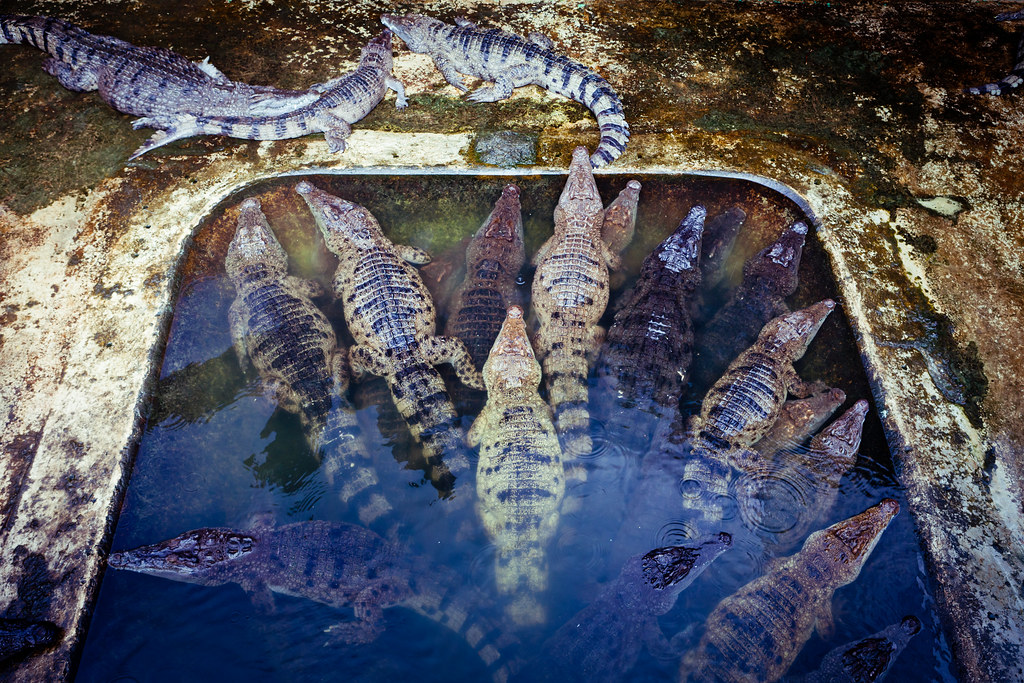
Contrary to the common perception of crocodiles as solitary hunters, several species demonstrate sophisticated cooperative hunting behaviors. Nile and saltwater crocodiles have been documented working together to herd fish into shallows or to create living “walls” that trap prey in confined spaces. During these coordinated hunts, individual crocodiles assume different roles – some driving prey toward others waiting in ambush positions. This division of labor shows a remarkable level of social intelligence previously underestimated in reptiles. Long-term studies have revealed that these cooperative techniques are more common during certain seasons or when targeting specific prey types, suggesting situational adaptation of hunting strategies rather than random grouping behaviors.
Strategic Use of Water Currents
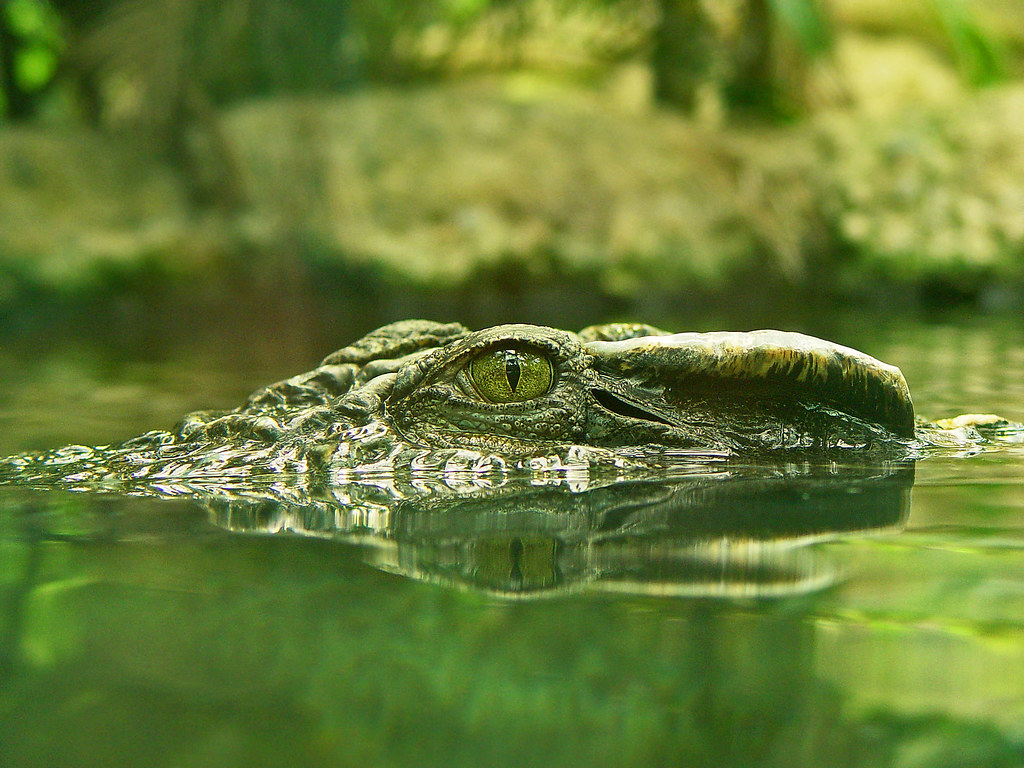
Crocodiles demonstrate exceptional awareness of their aquatic environment by leveraging water currents to their advantage during hunts. They position themselves upstream of potential prey crossings, allowing the current to carry their scent away while simultaneously helping mask any subtle movements they make while approaching. This strategic placement also enables them to drift toward prey with minimal swimming effort, conserving energy while maintaining the element of surprise. In river systems with stronger currents, crocodiles will often utilize eddies and backflows as natural holding positions, remaining stationary with minimal exertion while surveying for potential hunting opportunities. Their ability to read and exploit these hydrodynamic features demonstrates a sophisticated understanding of their environment that goes far beyond basic instinct.
The Death Roll Technique
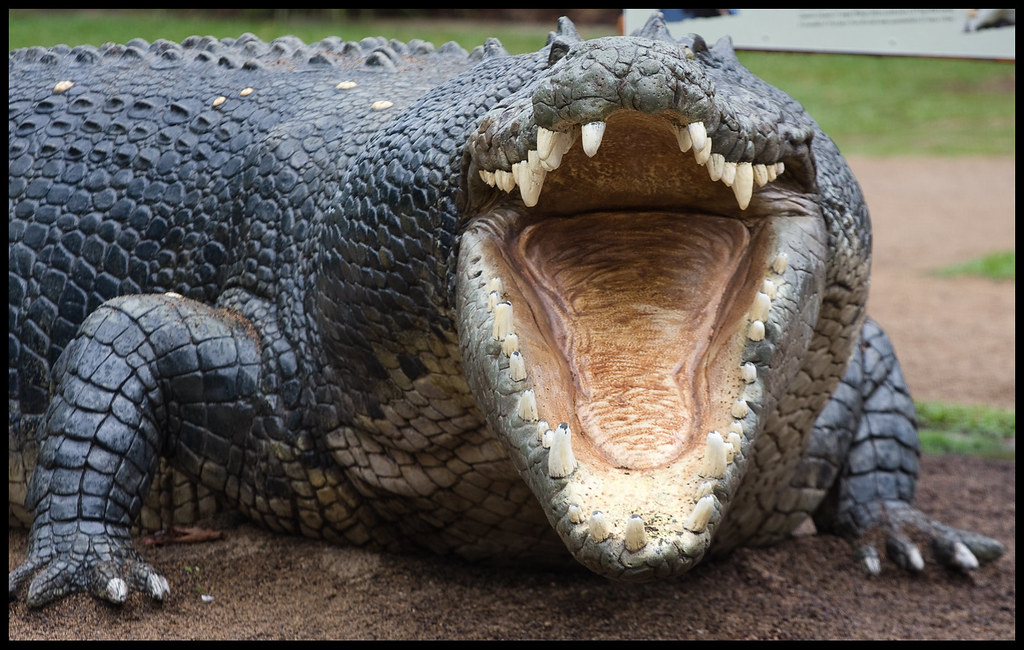
Perhaps the most iconic of crocodilian attack strategies, the death roll represents a biomechanical solution to the problem of dismembering prey too large to swallow whole. After securing a powerful bite, the crocodile rapidly rotates its entire body along its longitudinal axis, creating torque powerful enough to tear flesh, dismember limbs, or drown struggling prey. This technique exploits the crocodile’s physical adaptations – particularly their rigid bodies and powerful tails – to overcome their inability to chew or slice with their teeth. The death roll’s effectiveness lies in its application of rotational physics, with larger crocodiles capable of generating forces exceeding several thousand pounds of torque. Interestingly, studies have shown that even juvenile crocodiles display this behavior when handling small prey, suggesting the technique is both instinctual and refined through experience.
Learned Pattern Recognition
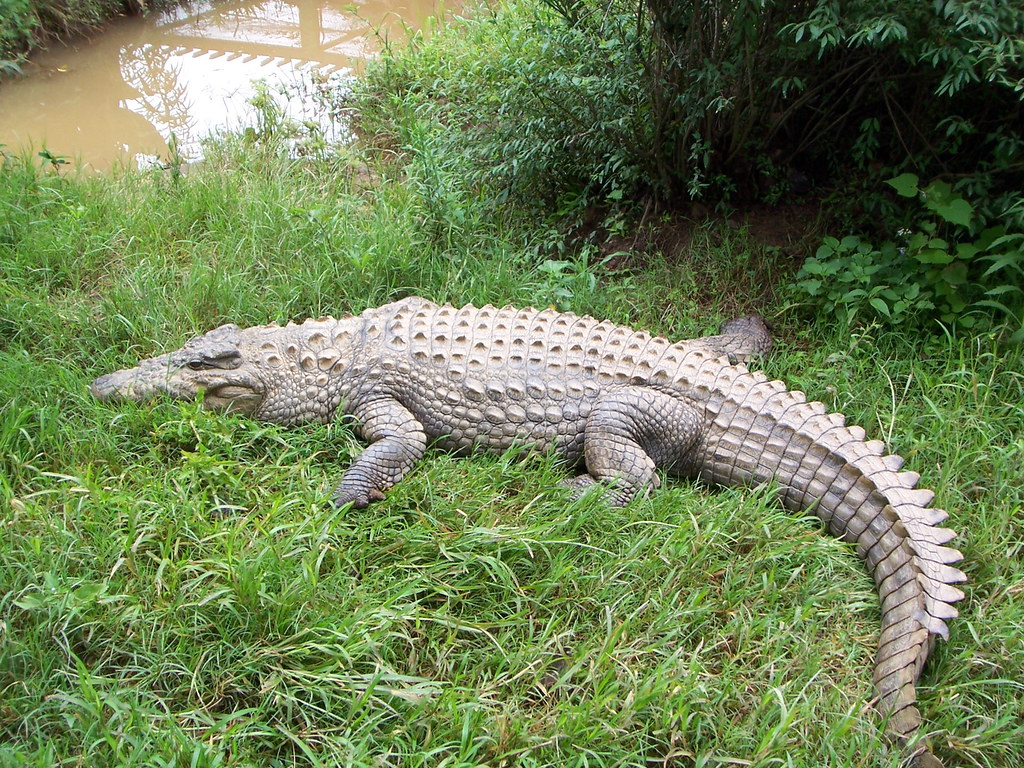
Crocodiles display remarkable cognitive abilities by recognizing and exploiting predictable patterns in prey behavior. They learn the routines of animals visiting water sources, noting consistent timing and approach paths to optimize their ambush positioning. Research has documented crocodiles adjusting their hunting schedules to coincide with peak activity periods of specific prey species, such as wildebeest migrations or turtle nesting seasons. This pattern recognition extends to human activities as well, with crocodiles in populated areas learning to associate certain sounds, like boat motors or cattle being led to water, with feeding opportunities. Their ability to form these cognitive associations and adapt their hunting strategies accordingly demonstrates a level of intelligence that contradicts the notion of reptiles as purely instinctual creatures.
Tool Use and Environmental Manipulation
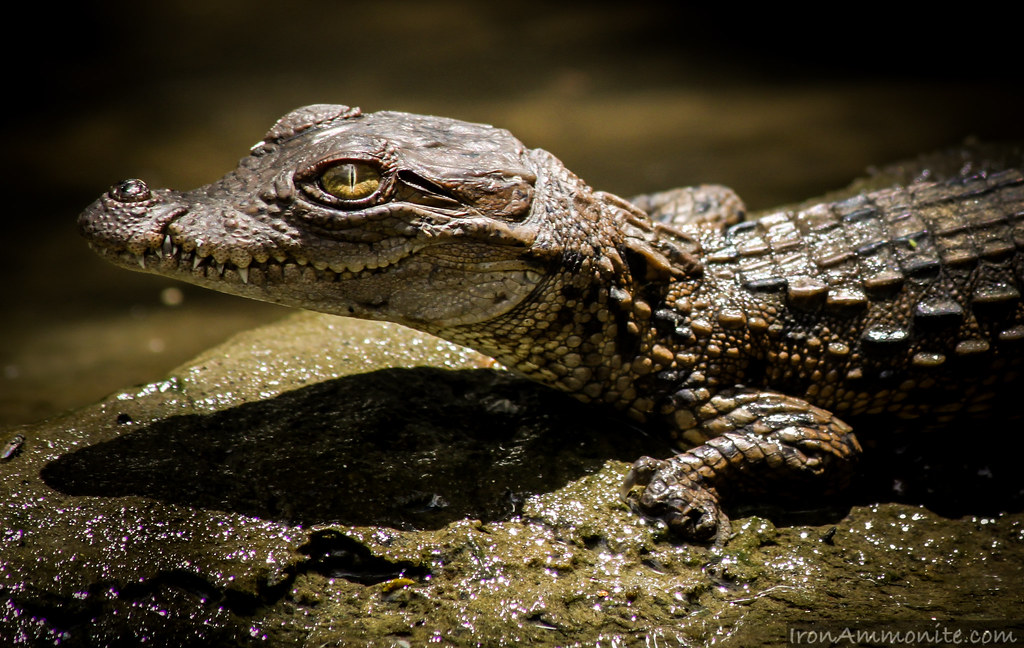
Crocodiles have been observed using sophisticated environmental manipulation techniques that border on tool use. Some species strategically position themselves beneath bird colonies during nesting season, attracting birds by balancing sticks on their snouts as bait. Mugger crocodiles in India have been documented creating traps by positioning themselves in irrigation channels where fish become concentrated. Nile crocodiles exploit seasonal floods to access new hunting territories, sometimes traveling overland through predictable flood paths before the waters actually rise. These behaviors demonstrate not only an understanding of their environment but also the ability to manipulate elements within it to create advantageous hunting conditions – cognitive abilities previously thought to be limited to mammals and some birds.
Synchronized Attacks with Natural Events
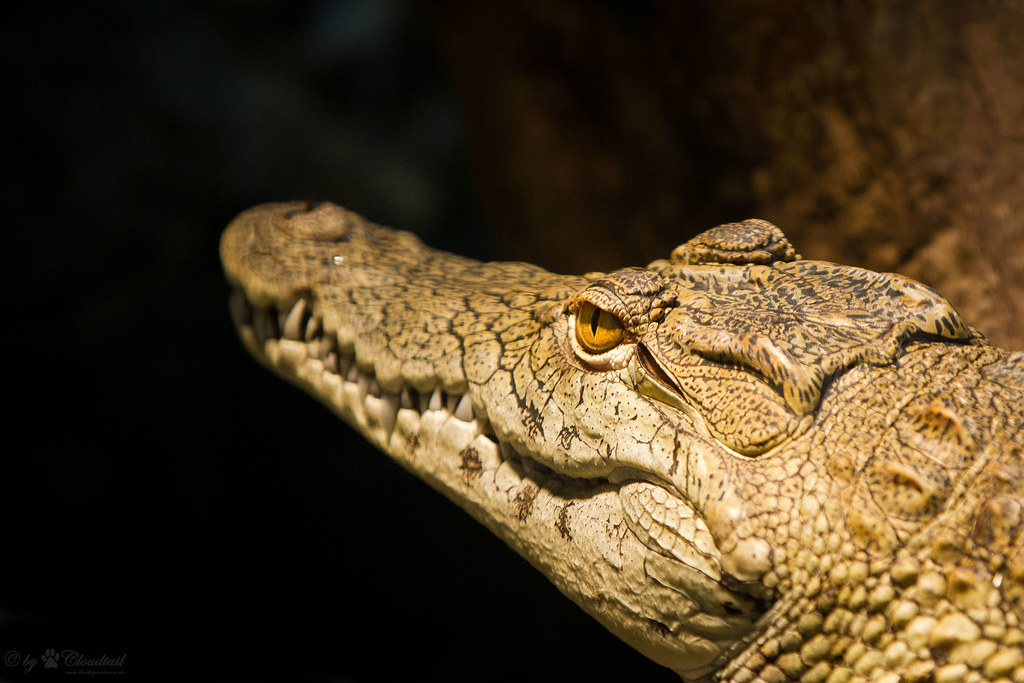
Crocodiles display remarkable timing by synchronizing their hunting activities with environmental events that create vulnerability in prey species. They increase hunting activity during periods of reduced visibility, such as dawn, dusk, or during heavy rainfall when their prey’s ability to detect them is compromised. Estuarine crocodiles time their attacks to coincide with changing tides, exploiting the confusion and disorientation this creates among fish and other aquatic prey. In river systems, crocodiles strategically position themselves at rapids or narrow channels where seasonal migrations force prey into predictable pathways. This temporal coordination with natural cycles demonstrates an advanced awareness of how environmental conditions affect predator-prey dynamics and reveals the crocodile’s ability to incorporate these factors into their hunting strategies.
Stealth Movement Techniques
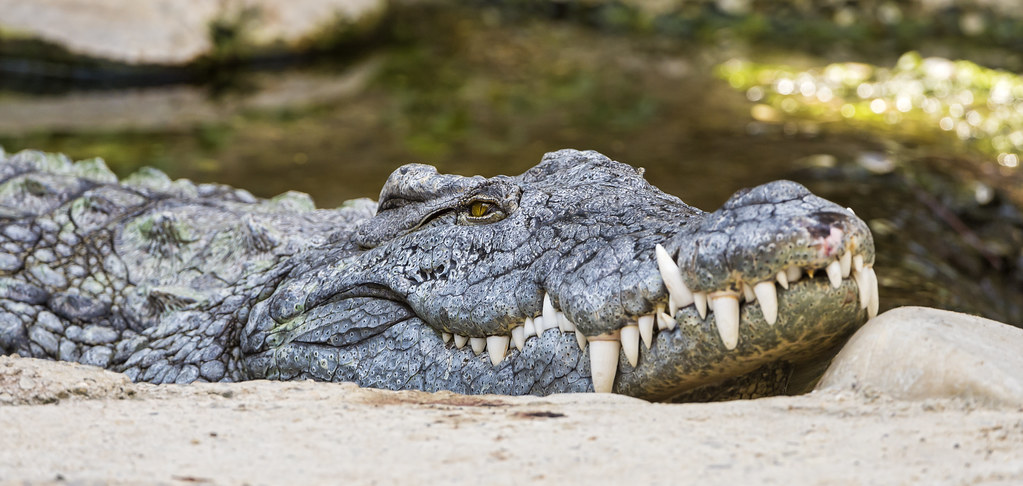
Crocodiles employ specialized movement techniques that allow them to approach prey while generating minimal disturbance in the water. When stalking, they use a distinctive slow-motion swimming pattern where only their feet move while their bodies remain rigid, creating almost no surface ripples or underwater pressure waves that might alert potential prey. They can also submerge completely and walk along river bottoms using their legs, avoiding any surface disturbance altogether. When closer approach is necessary, they time their movements to coincide with natural water disturbances caused by wind or other animals. Advanced studies using underwater sensors have shown that crocodiles can modulate the pressure waves they create when moving, essentially “dampening” their hydrodynamic signature in ways that science is still working to fully understand.
Strategic Bite Placement
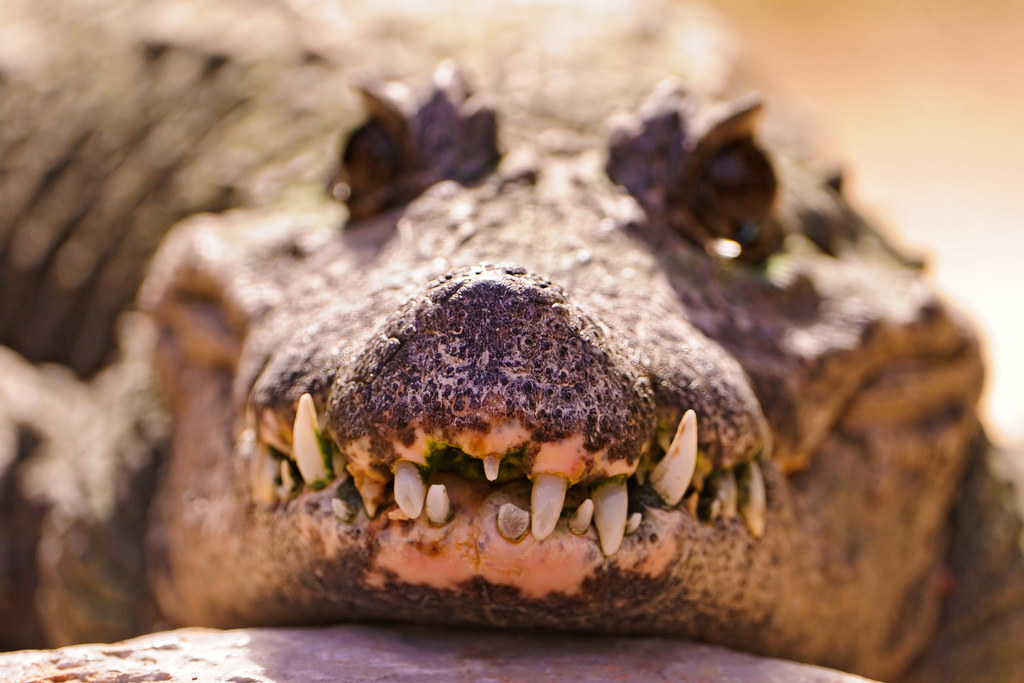
Crocodiles demonstrate remarkable precision in their attack methodology, targeting specific anatomical regions based on prey type and size. For large mammals, they typically aim for the head or neck region to quickly incapacitate the prey, while for smaller animals, they may target the midsection to prevent escape. This selective targeting suggests an understanding of prey anatomy and vulnerability points rather than random attacking. Field studies have documented different bite strategies used for different species – for example, attacks on wild pigs often target the shoulders to immobilize their powerful running ability, while attacks on aquatic prey may focus on preventing their return to deeper water. This specialized approach to different prey types indicates a sophisticated predatory intelligence that adapts tactics to specific hunting scenarios.
Memory and Learning Adaptation
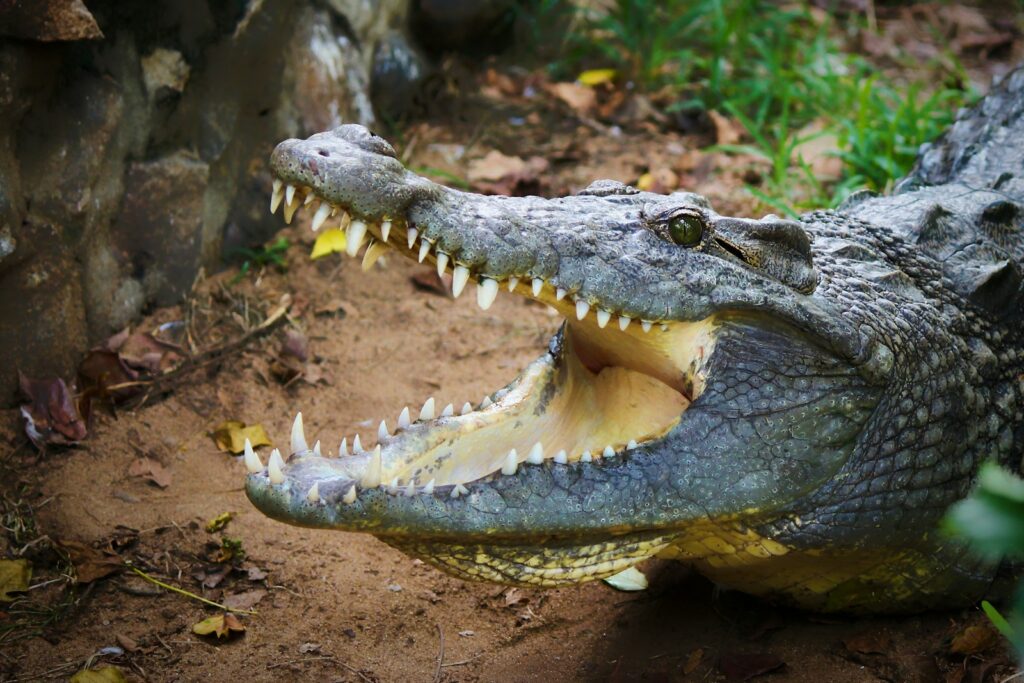
Crocodiles possess impressive cognitive abilities that allow them to learn from experience and modify their hunting strategies accordingly. They demonstrate long-term memory of successful hunting locations and techniques, returning to productive spots even after seasonal migrations or extended absences. Captive studies have shown their ability to learn complex behavioral patterns and problem-solving skills, with some individuals developing unique hunting specializations based on their experiences. In areas with human activity, crocodiles quickly learn to associate certain sounds or activities with potential food opportunities, sometimes adapting to exploit entirely novel situations created by human presence. This capacity for behavioral plasticity and experiential learning enables crocodiles to continually refine their predatory strategies throughout their long lives, contributing to their evolutionary success as apex predators.
Conclusion: Masters of Predatory Strategy
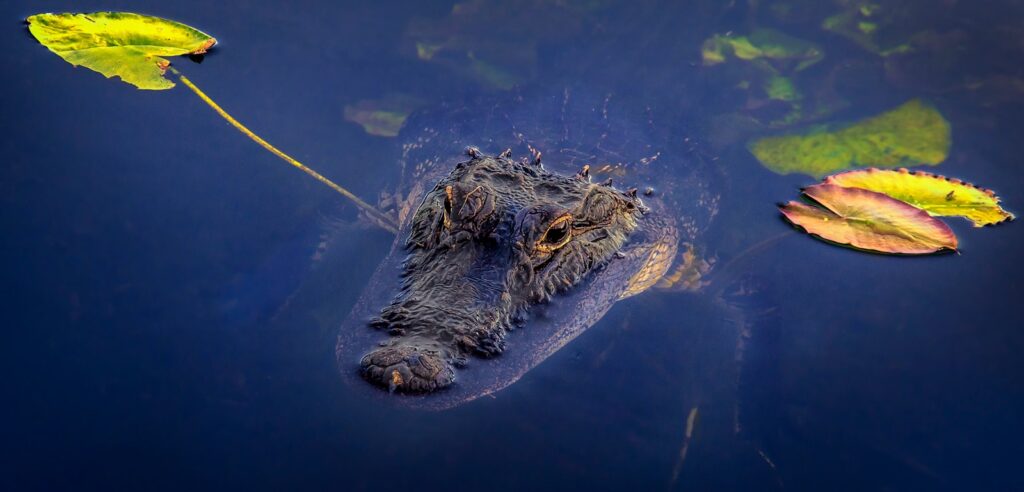
The strategic complexity demonstrated by crocodilians in their hunting behaviors reveals these ancient reptiles as sophisticated predators whose success relies as much on intelligence as on physical adaptations. Their arsenal of hunting techniques – from patient ambushes and cooperative hunting to environmental manipulation and learned behaviors – represents millions of years of evolutionary refinement. Far from being primitive creatures governed solely by instinct, crocodiles embody a highly specialized form of predatory intelligence adapted perfectly to their ecological niche. As we continue to study these fascinating reptiles, our understanding of their cognitive abilities and behavioral complexity continues to expand, challenging traditional views about reptilian intelligence. The crocodile’s enduring evolutionary success story is not merely one of physical strength and resilience, but also of remarkable predatory intelligence and strategic adaptation.

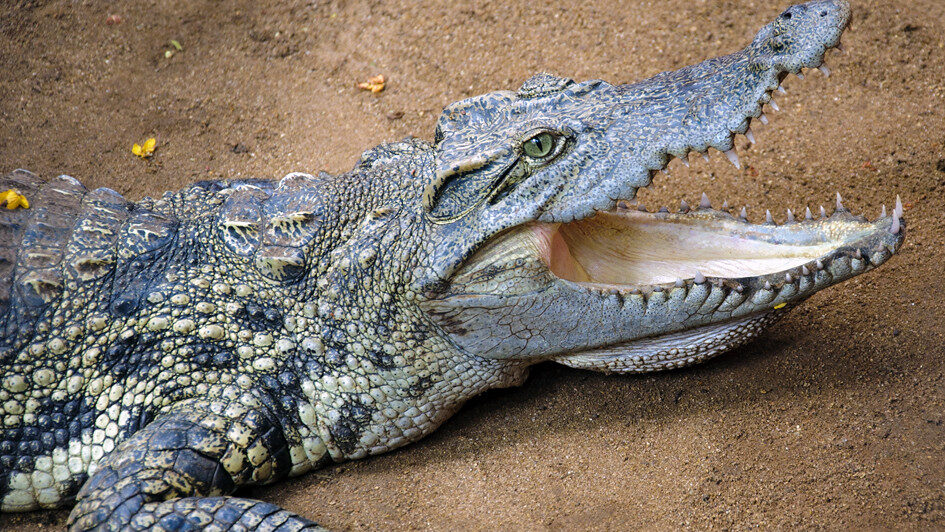
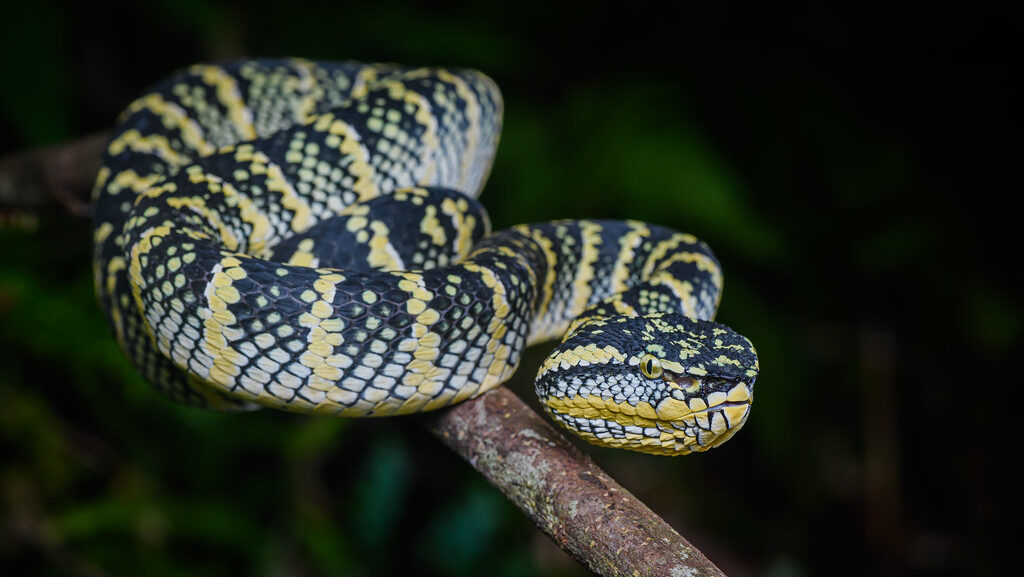
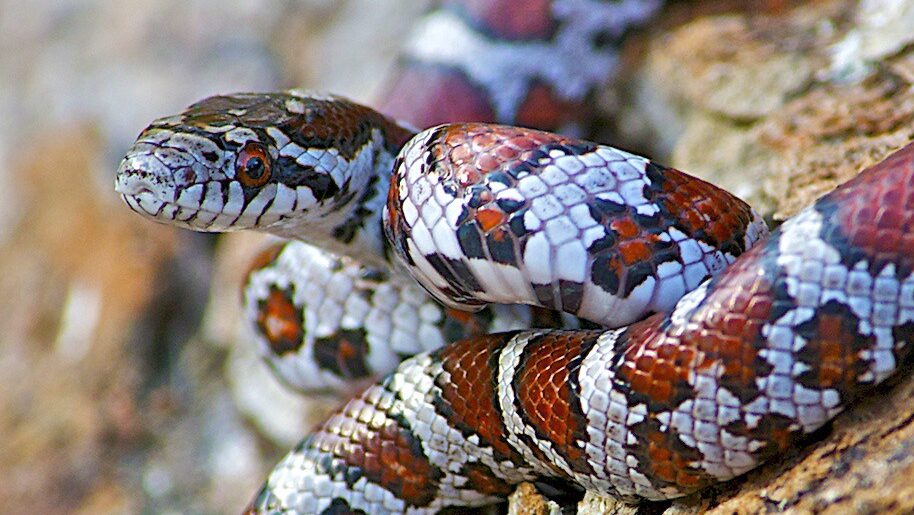

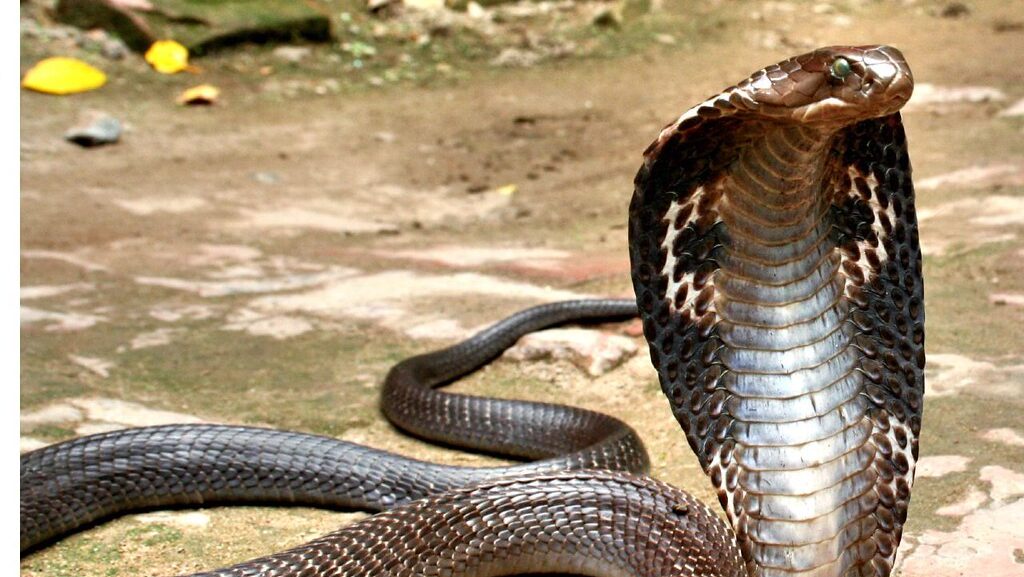
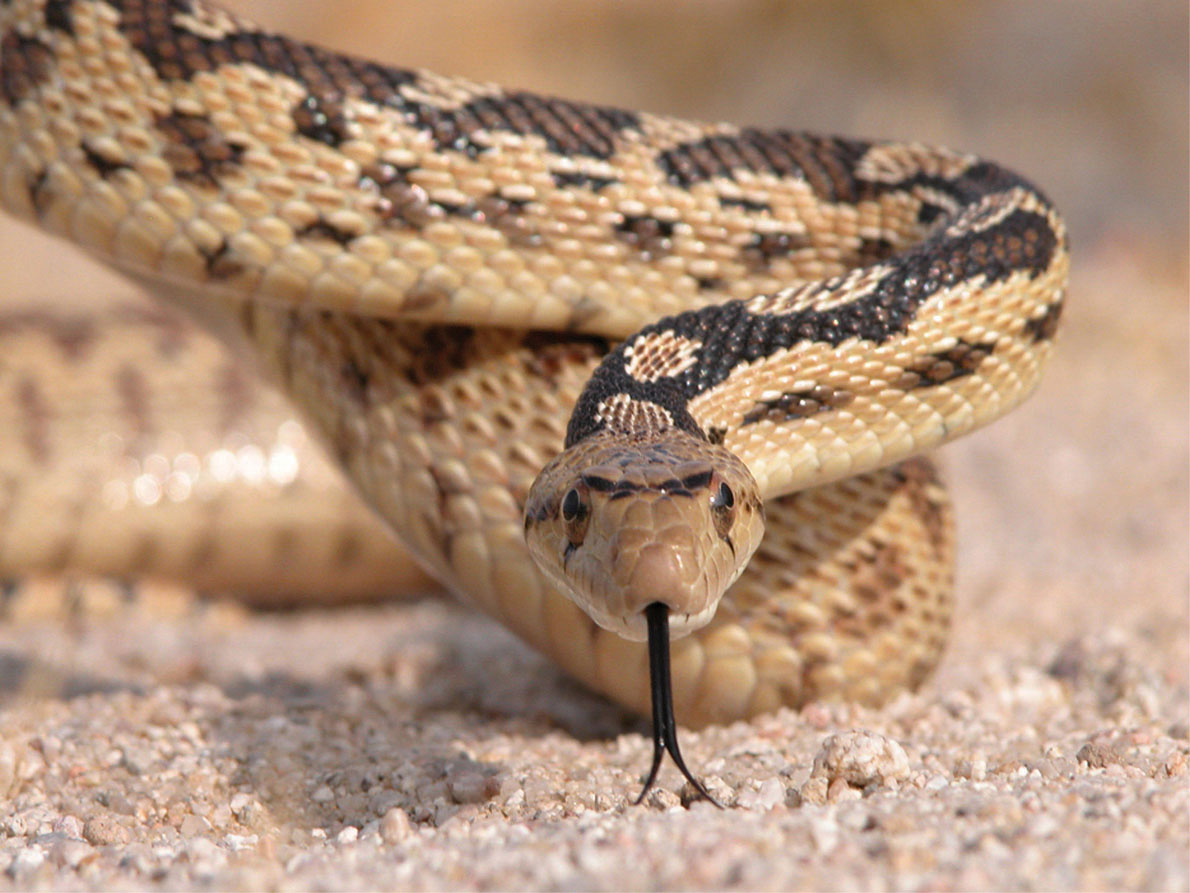
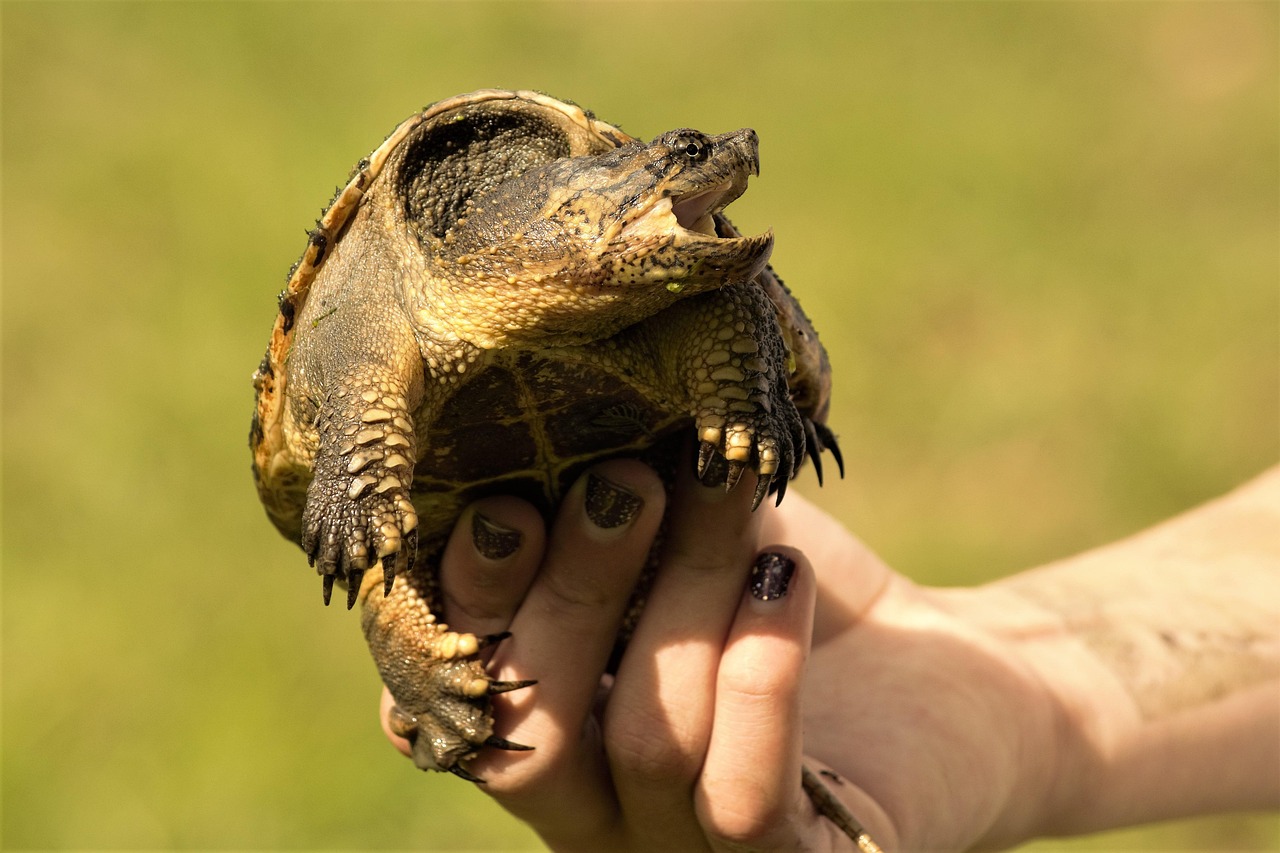
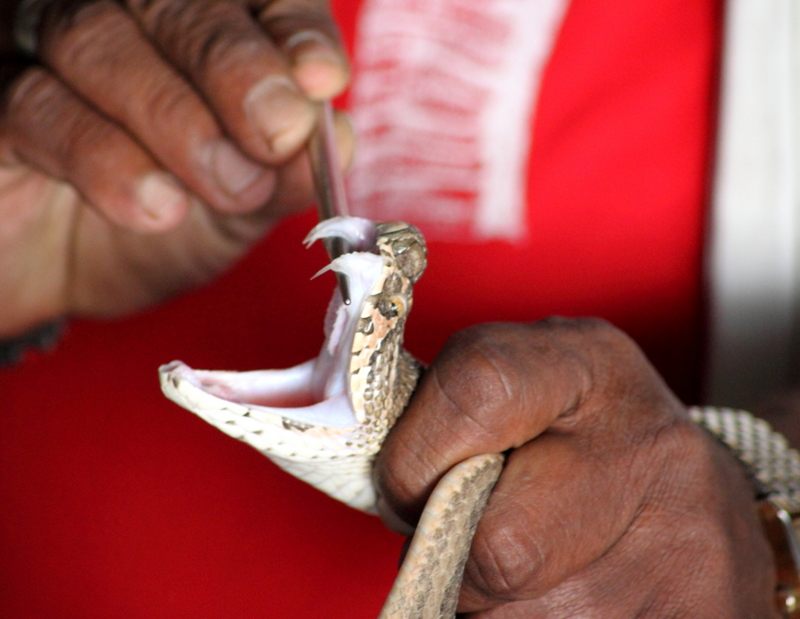
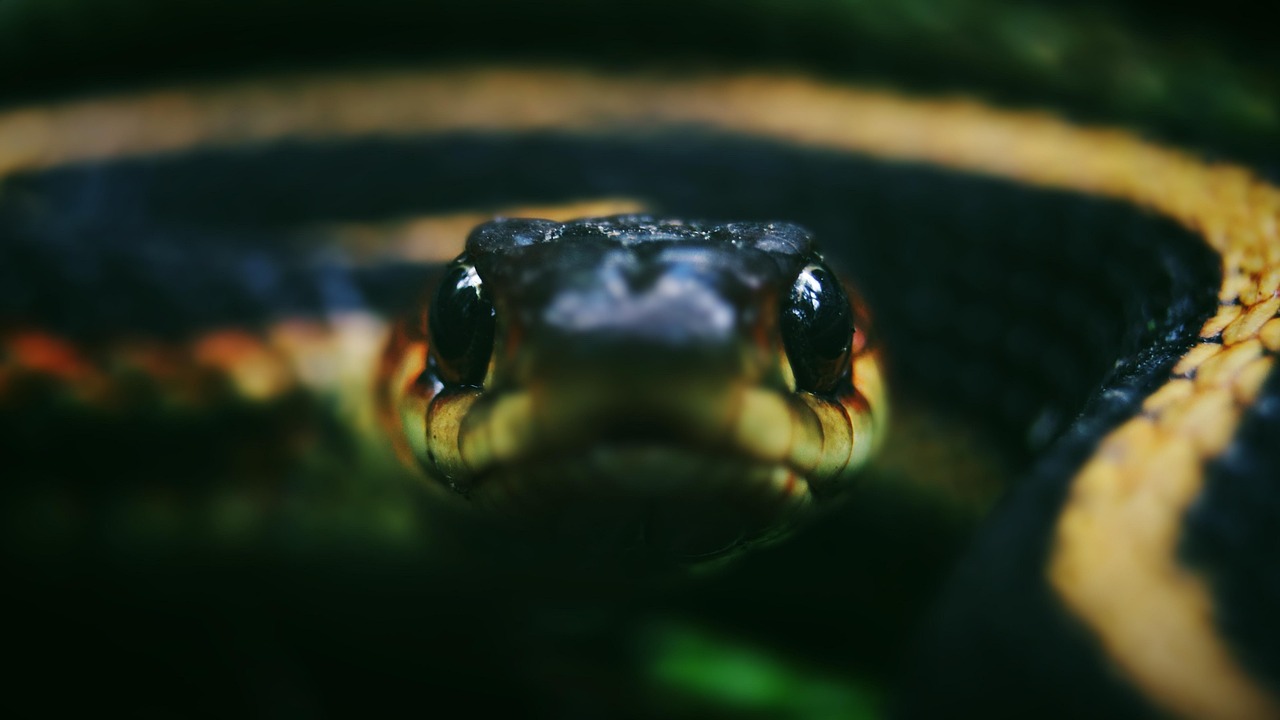


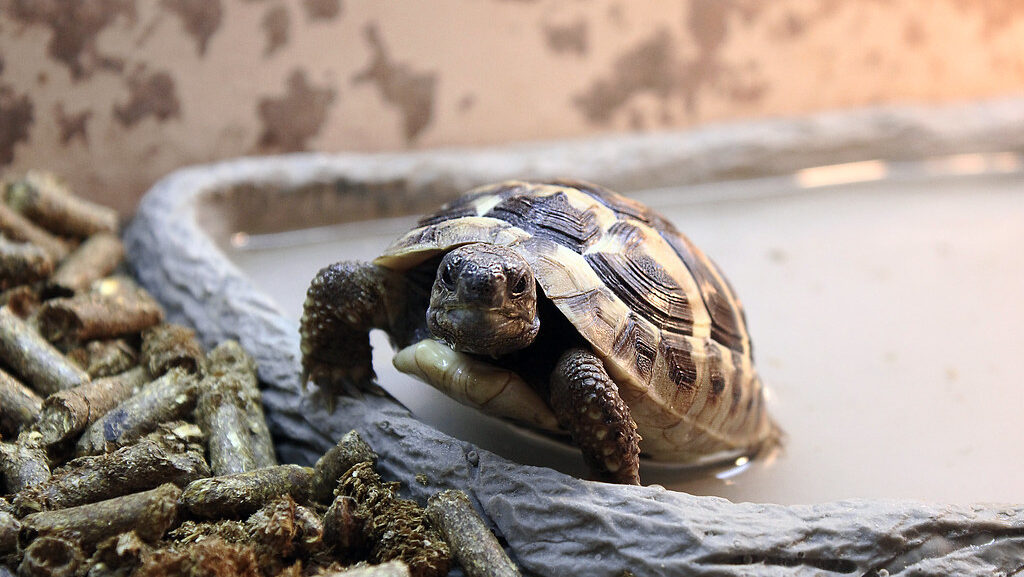
Leave a Reply